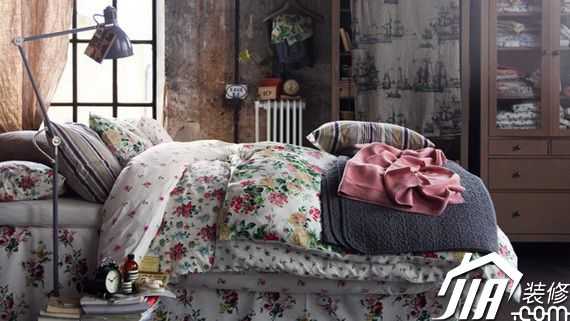
The benefits of the balcony:
1. Cover dust, noise, keep warm. After the balcony is closed, there is a layer of windows that block dust and noise, which helps prevent the invasion of wind, sand, dust, rain, and noise, and can make neighboring rooms cleaner and quieter. After the balcony is closed, it can keep warm in the winter in the north.
2. Expand the living area of ​​the living room. After the balcony is closed, it can be used as space for reading, exercise, and storage of items, and it can also be used as a space for living. It is equivalent to expanding the area of ​​use of the bedroom or the living room and increasing the storage space of the room. If the structure allows, except for the lower half wall of the retaining window, all the others are removed, which is more conducive to the layout and design of the room.
3. Security. After closing the balcony, the house has an additional layer of protection that can serve as a safety precaution.
The disadvantages of the enclosed balcony are:
1. Influence lighting. After the balcony is closed, it directly affects the room and is not conducive to indoor sterilization.
2. Unfavorable air circulation. After the balcony is closed, air convection is blocked. In the summer, the indoor heat is not easily dissipated, resulting in sultry heat; the indoor air is not easy to circulate in winter, and the domestic waste gas generated by cooking will have an impact on human health.
3. Isolate the living room from the outside world. As the name implies, the balcony is a place where people can enjoy the sun and the sun. After the closure, people lack a platform that directly enjoys the sunshine, breathes fresh air, looks far away, cools down, and even grows flowers. It also caused inconvenience to the family's drying clothes.
Therefore, there are pros and cons in the balcony seal and not seal. Sealing the balcony should be based on their actual needs and special requirements.
Balcony Decoration Construction Knowledge Balcony Design Space Room Window House Bedroom Soundproofing
High Temperature Casters have many excellent performances, among which the most prominent is high temperature resistance. Caster wheel material has great influence on the casters characters. High temperature caster series mainly use Fabre glass PA or phenolic as raw material. They both do well in chemical stability in high temperature environment.
Both the High Temperature Phenolic Wheels and the High Temperature Glass-Filled Nylon wheels have a hard surface and should be used on smooth floor surfaces. If the floors are rough or if there are obstructions which will impact these wheels it will reduce the service life of the wheels. In any high temperature application it is always best to shield High Temperature Wheels from a direct heat intake source.
The high temperature caster series have medium duty and heavy duty. You should select according to the anticipated load and equipments weight.

High Temperature Casters
High Temperature Casters, Medium Duty High Temperature Casters, Heavy Duty High Temperature Casters, TPR High Temperature Caster
Ningbo Mywin Caster Co., Ltd. , http://www.mywin-caster.com